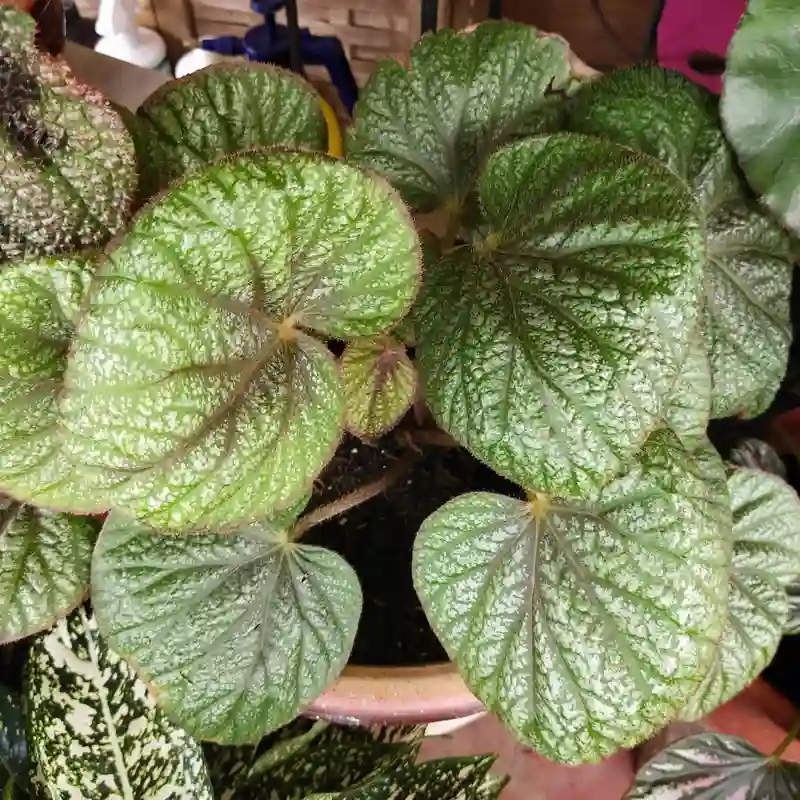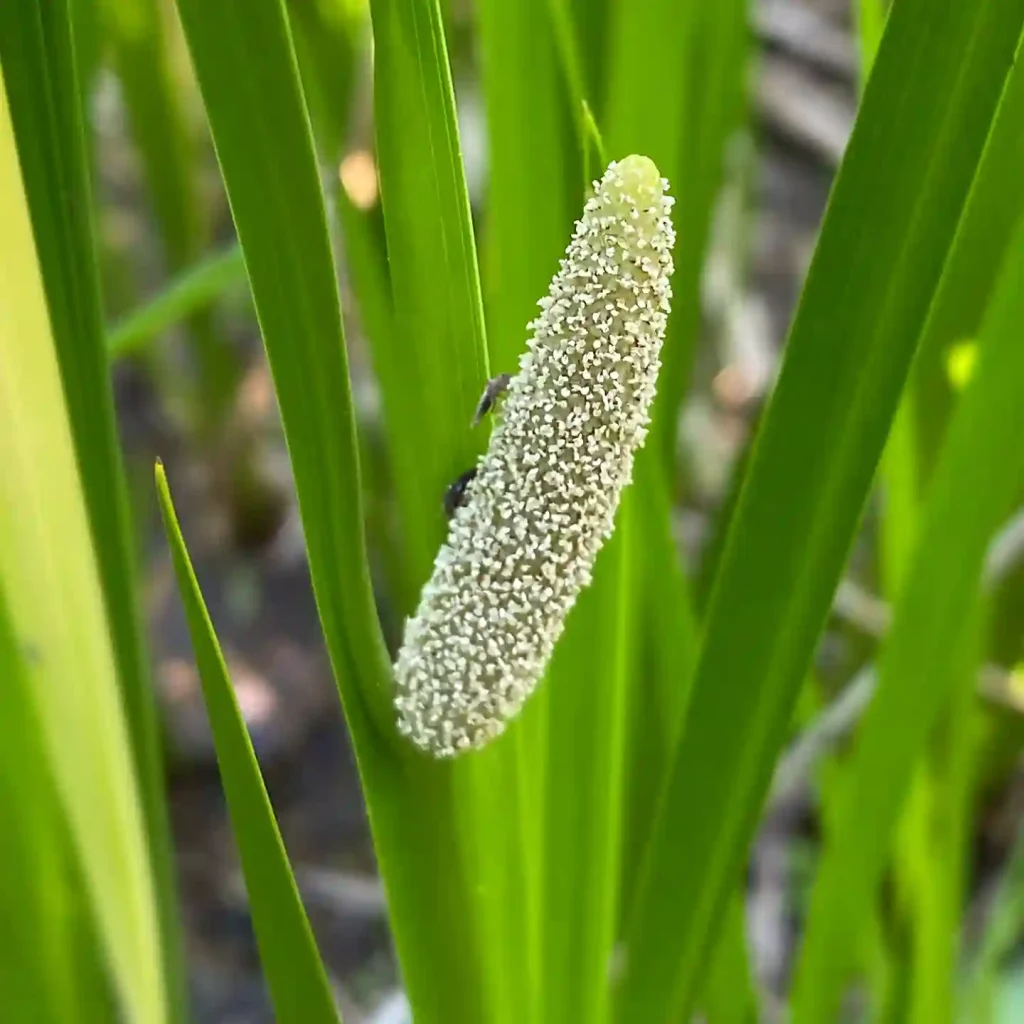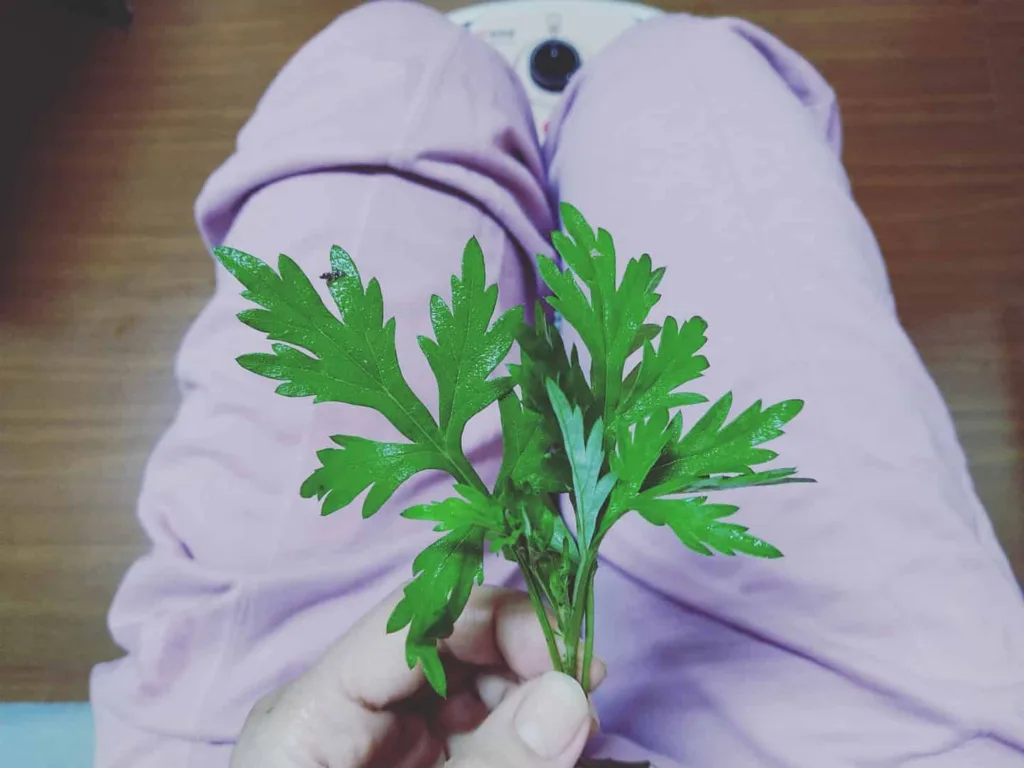My Love Affair with Sidalcea
The first time I saw a Sidalcea, I was hiking through a meadow in the California hills. The sun was shining, the birds were singing, and the wildflowers were in full bloom. Among the sea of yellow and orange, I noticed a delicate pink flower that I had never seen before. I stopped to take a closer look, and I was immediately captivated. The flower was so simple and elegant, with its five petals and delicate stamen. I learned later that it was a Sidalcea, a member of the Malvaceae family.
Since that day, I have been fascinated by Sidalcea. I have grown them in my garden, and I have even traveled to see them in their native habitat. I am always amazed by their beauty and diversity.
What is Sidalcea?
Sidalcea is a genus of about 30 species of flowering plants in the mallow family. They are native to western North America, where they can be found in a variety of habitats, from meadows and prairies to woodlands and mountains. Sidalcea are known for their beautiful flowers, which come in a variety of colors, including pink, purple, white, and red. They are also relatively easy to grow, which makes them a popular choice for gardeners.
Why I Love Sidalcea
There are many reasons why I love Sidalcea. First, they are simply beautiful. Their flowers are delicate and elegant, and they come in a wide variety of colors. Second, they are relatively easy to grow. They are not fussy about soil or water, and they can tolerate a wide range of conditions. Third, they are a great choice for attracting pollinators to your garden. Bees and butterflies love Sidalcea flowers. Finally, I love the fact that Sidalcea is a native plant. By growing them in my garden, I am helping to support the local ecosystem.
Species in Sidalcea
There are about 29 species of Sidalcea. Some of the most common include:
- Sidalcea candida (white checkerbloom)
- Sidalcea malviflora (checkerbloom)
- Sidalcea oregana (Oregon checkerbloom)
- Sidalcea glaucescens (waxy checkerbloom)
- Sidalcea hirsuta (hairy checkerbloom)
- Sidalcea pedata (bird-footed checkerbloom)
- Sidalcea campestris (meadow checkermallow)
- Sidalcea asprella (rough checkermallow)
- Sidalcea covillei (Owens Valley sidalcea)
- Sidalcea diploscypha (fringed checkerbloom)
- Sidalcea cusickii (Cusick’s checkermallow)
- Sidalcea gigantea (giant checkermallow)
- Sidalcea hickmanii (Hickman’s checkerbloom)
- Sidalcea multifida (cut-leaved checkerbloom)
- Sidalcea nelsoniana (Nelson’s checkermallow)
- Sidalcea neomexicana (New Mexico checkerbloom)
- Sidalcea ranunculacea (buttercup checkerbloom)
- Sidalcea reptans (creeping checkerbloom)
- Sidalcea calycosa M.E.Jones
- Sidalcea celata (Jeps.) S.R.Hill
- Sidalcea hartwegii A.Gray ex Benth.
- Sidalcea hendersonii S.Watson
- Sidalcea hirtipes C.L.Hitchc.
- Sidalcea keckii Wiggins
- Sidalcea malachroides (Hook. & Arn.) A.Gray
- Sidalcea robusta A.Heller
- Sidalcea setosa C.L.Hitchc.
- Sidalcea sparsifolia (C.L.Hitchc.) S.R.Hill
- Sidalcea stipularis J.T.Howell & G.H.True
Growing Sidalcea
Sidalcea are relatively easy to grow. They prefer full sun to partial shade and well-drained soil. They are drought tolerant, but they will bloom best with regular watering. Sidalcea can be propagated from seed or by division.
Sidalcea in the Garden
Sidalcea are a versatile plant that can be used in a variety of garden settings. They are a great choice for borders, meadows, and wildflower gardens. They can also be used in containers. Sidalcea are a good companion plant for other native plants, such as California poppies, lupines, and penstemons.
Sidalcea and Pollinators
Sidalcea are a great choice for attracting pollinators to your garden. Bees and butterflies love Sidalcea flowers.
Sidalcea as a Native Plant
Sidalcea is a native plant to western North America. By growing them in my garden, I am helping to support the local ecosystem.
Conclusion
I encourage you to try growing Sidalcea in your garden. They are a beautiful and easy-to-grow plant that will bring you years of enjoyment.
If i die, water my plants!



